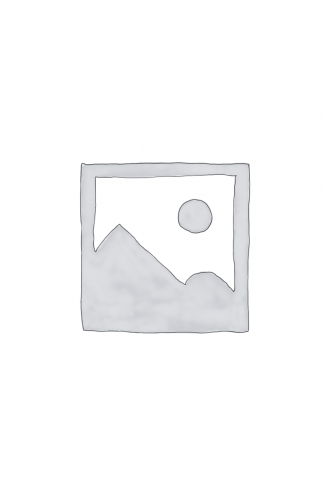Showing 25–36 of 85 results
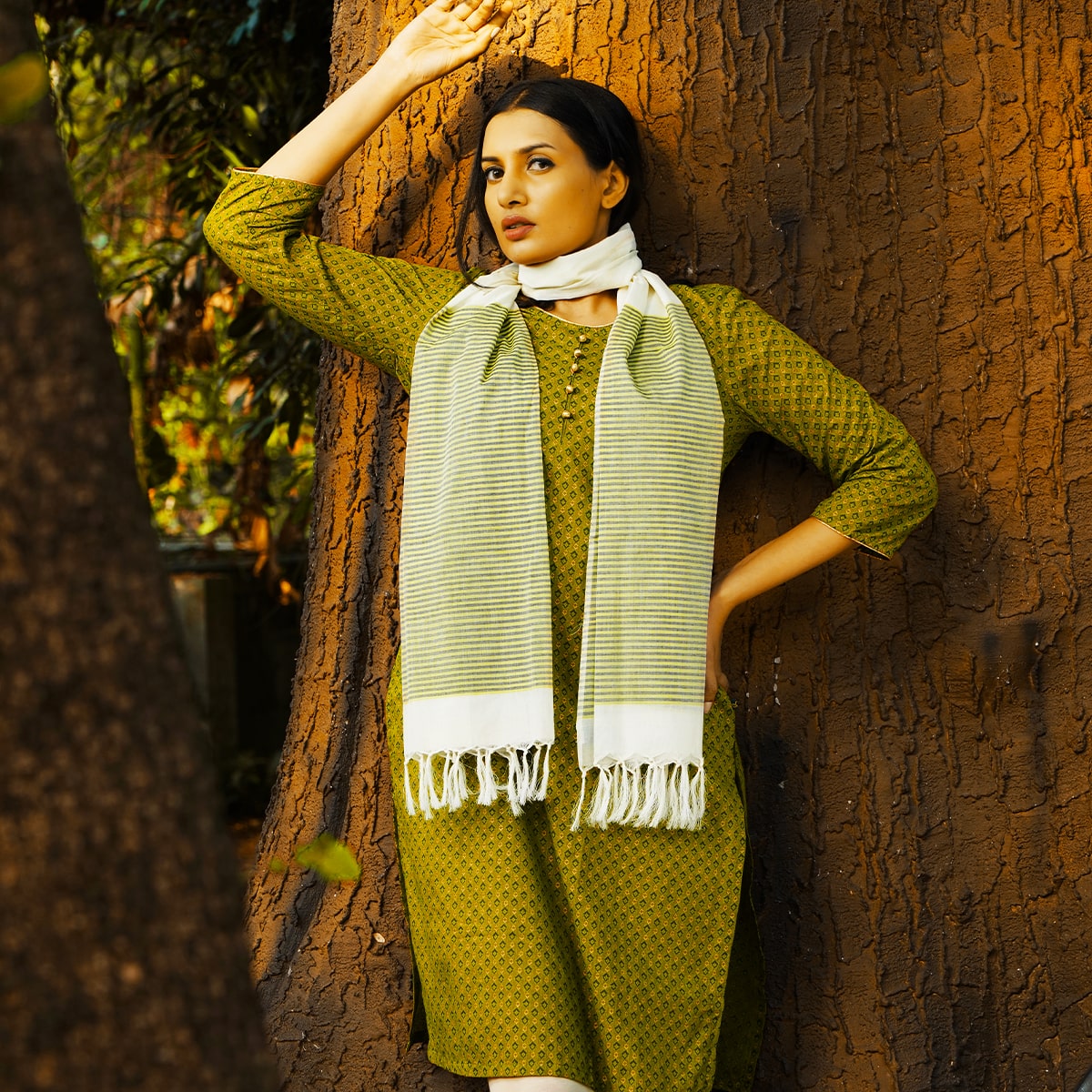
Dheera Stole
$14.00
A bold (dheera) experiment with colours. Story of Weaving: The handloom fabric is a type of fabric that is woven using hand operated looms. Two sets of interlacing yarns, the warp (length) and weft (width), are woven on a loom hand-operated by weavers. These looms do not use electricity. Human handling lends the fabrics a unique feel and renders the fabrics more value. The resultant fabric is softer, more durable and much more comfortable than machine-made fabrics. Handloom cotton is more breathable and thus feels lighter in summers and provides more insulation in winters. The dyeing process also becomes easier for handloom cotton as the colour penetration is substantially more. Hues are absorbed better thus look resplendent on handloom cotton. The art of hand weaving is labour intensive and takes a longer time. But, the beauty it adds to the fabric is priceless. Choosing handloom cotton supports the rich weaving heritage of India and lets the weavers carry on the precious art-form to the future generations as well.
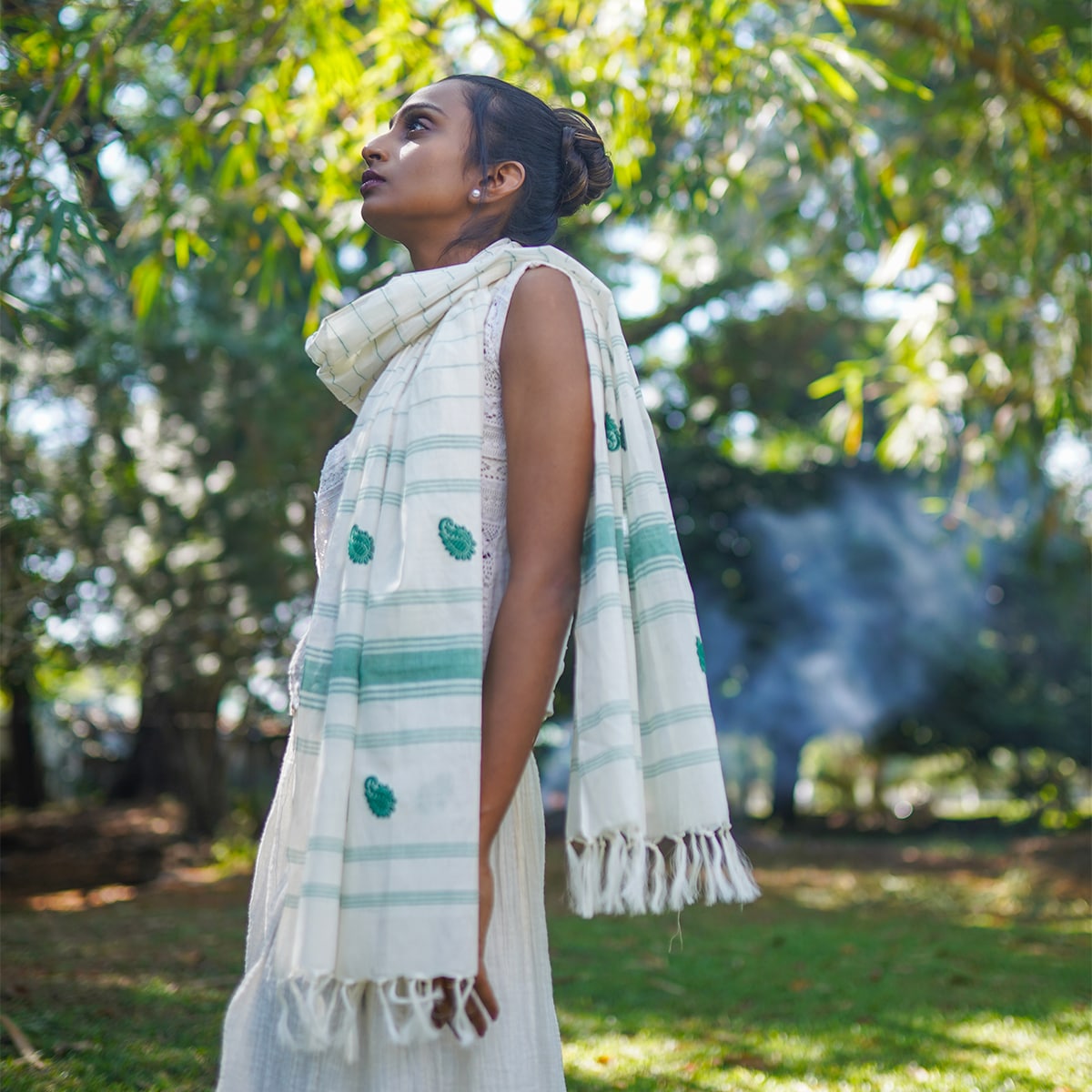
Ela Stole
$14.00
Story of Weaving: The handloom fabric is a type of fabric that is woven using hand operated looms. Two sets of interlacing yarns, the warp (length) and weft (width), are woven on a loom hand-operated by weavers. These looms do not use electricity. Human handling lends the fabrics a unique feel and renders the fabrics more value. The resultant fabric is softer, more durable and much more comfortable than machine-made fabrics. Handloom cotton is more breathable and thus feels lighter in summers and provides more insulation in winters. The dyeing process also becomes easier for handloom cotton as the colour penetration is substantially more. Hues are absorbed better thus look resplendent on handloom cotton. The art of hand weaving is labour intensive and takes a longer time. But, the beauty it adds to the fabric is priceless. Choosing handloom cotton supports the rich weaving heritage of India and lets the weavers carry on the precious art-form to the future generations as well.
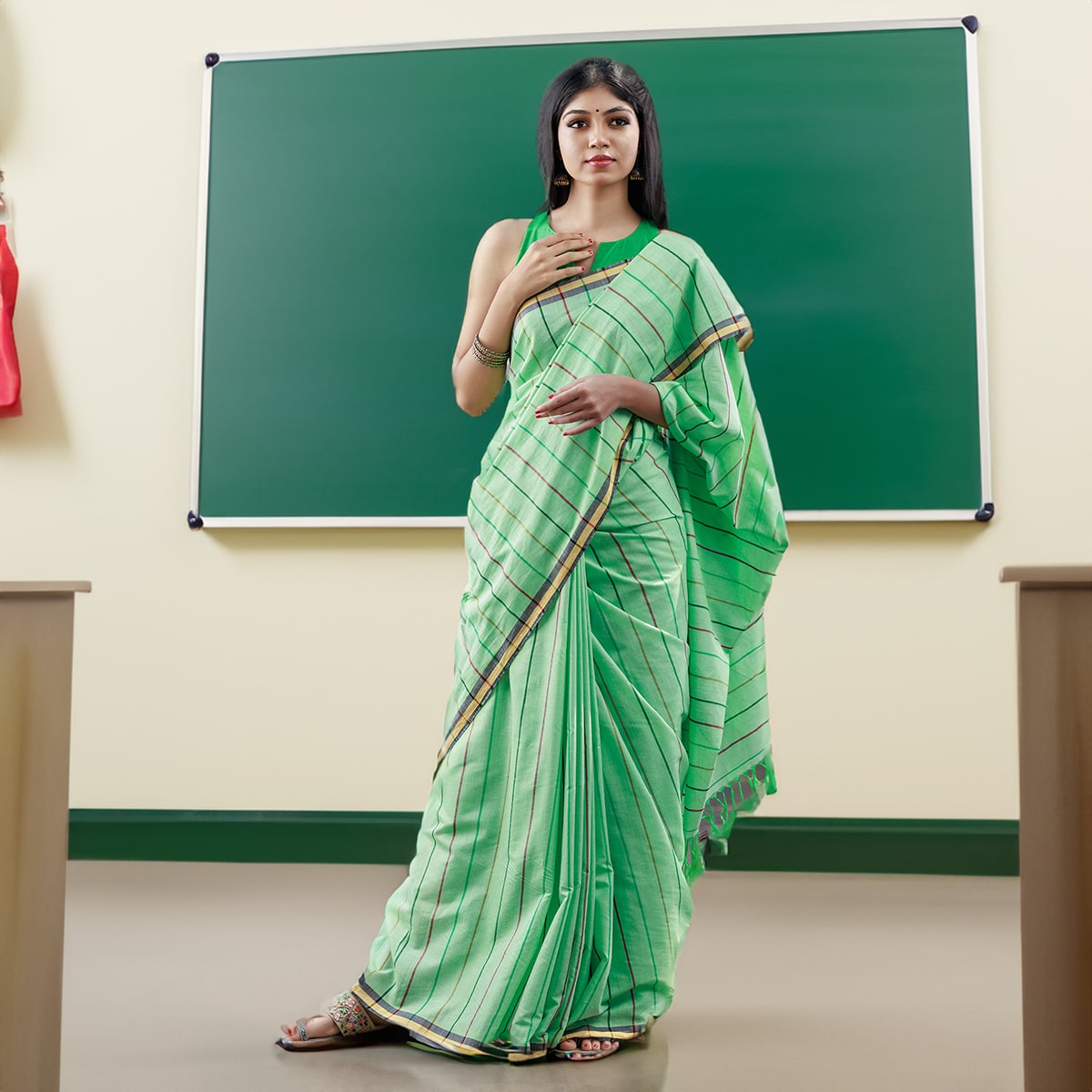
Geetham Saree
$60.00
Story of Weaving: The handloom fabric is a type of fabric that is woven using hand operated looms. Two sets of interlacing yarns, the warp (length) and weft (width), are woven on a loom hand-operated by weavers. These looms do not use electricity. Human handling lends the fabrics a unique feel and renders the fabrics more value. The resultant fabric is softer, more durable and much more comfortable than machine-made fabrics. Handloom cotton is more breathable and thus feels lighter in summers and provides more insulation in winters. The dyeing process also becomes easier for handloom cotton as the colour penetration is substantially more. Hues are absorbed better thus look resplendent on handloom cotton. The art of hand weaving is labour intensive and takes a longer time. But, the beauty it adds to the fabric is priceless. Choosing handloom cotton supports the rich weaving heritage of India and lets the weavers carry on the precious art-form to the future generations as well.
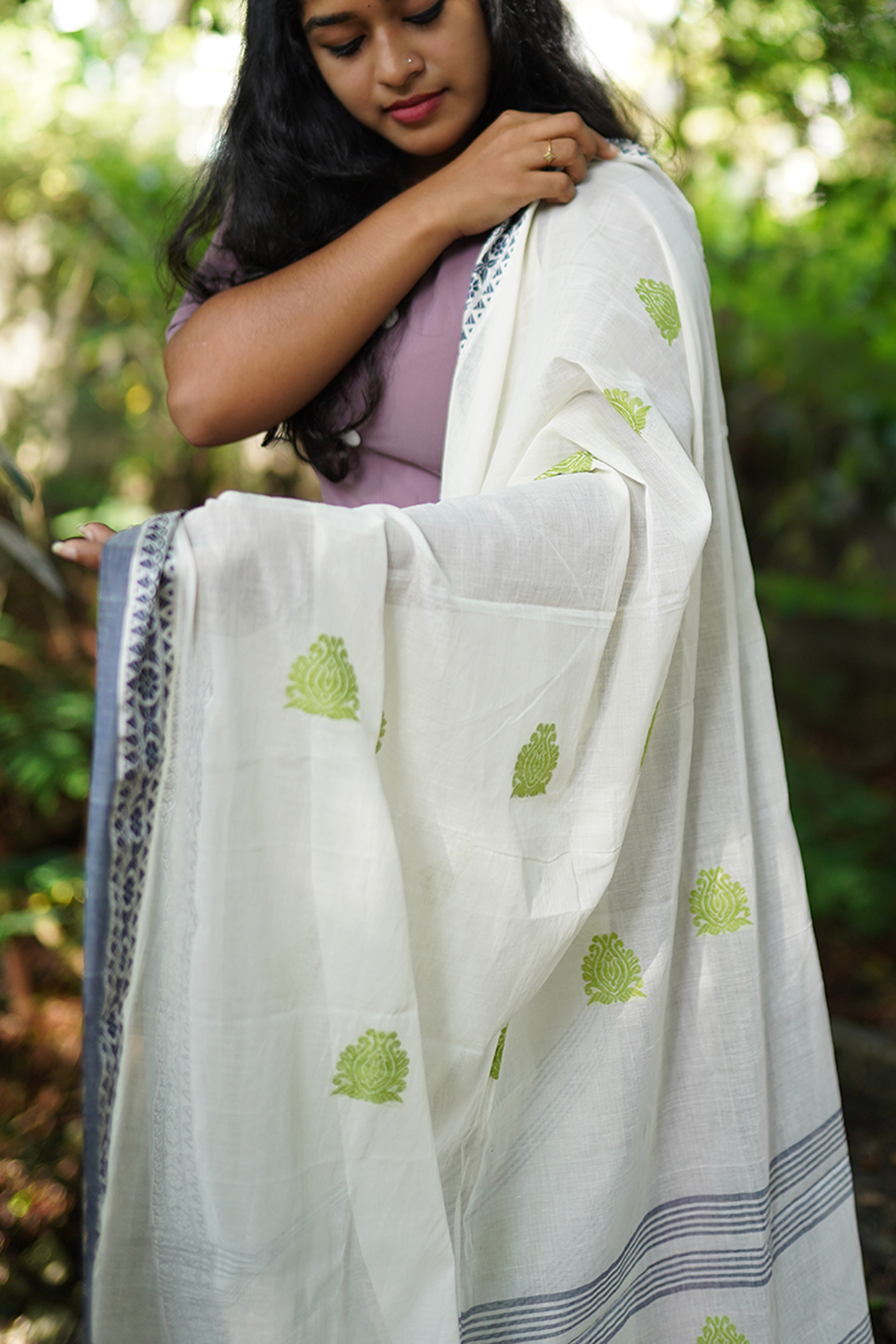
Haritham Dupatta
$40.00
Someone said it brings that feeling of sipping a refreshing lemonade when you see this piece! Soothing green and soft fabric give a great feel to this Dupatta. Saravanan and team, our weavers, chose this colour for the Dupatta to show the earth friendly, green spirit behind everything that we do at Graamyam. Story of Weaving: The handloom fabric is a type of fabric that is woven using hand operated looms. Two sets of interlacing yarns, the warp (length) and weft (width), are woven on a loom hand-operated by weavers. These looms do not use electricity. Human handling lends the fabrics a unique feel and renders the fabrics more value. The resultant fabric is softer, more durable and much more comfortable than machine-made fabrics. Handloom cotton is more breathable and thus feels lighter in summers and provides more insulation in winters. The dyeing process also becomes easier for handloom cotton as the colour penetration is substantially more. Hues are absorbed better thus look resplendent on handloom cotton. The art of hand weaving is labour intensive and takes a longer time. But, the beauty it adds to the fabric is priceless. Choosing handloom cotton supports the rich weaving heritage of India and lets the weavers carry on the precious art-form to the future generations as well.
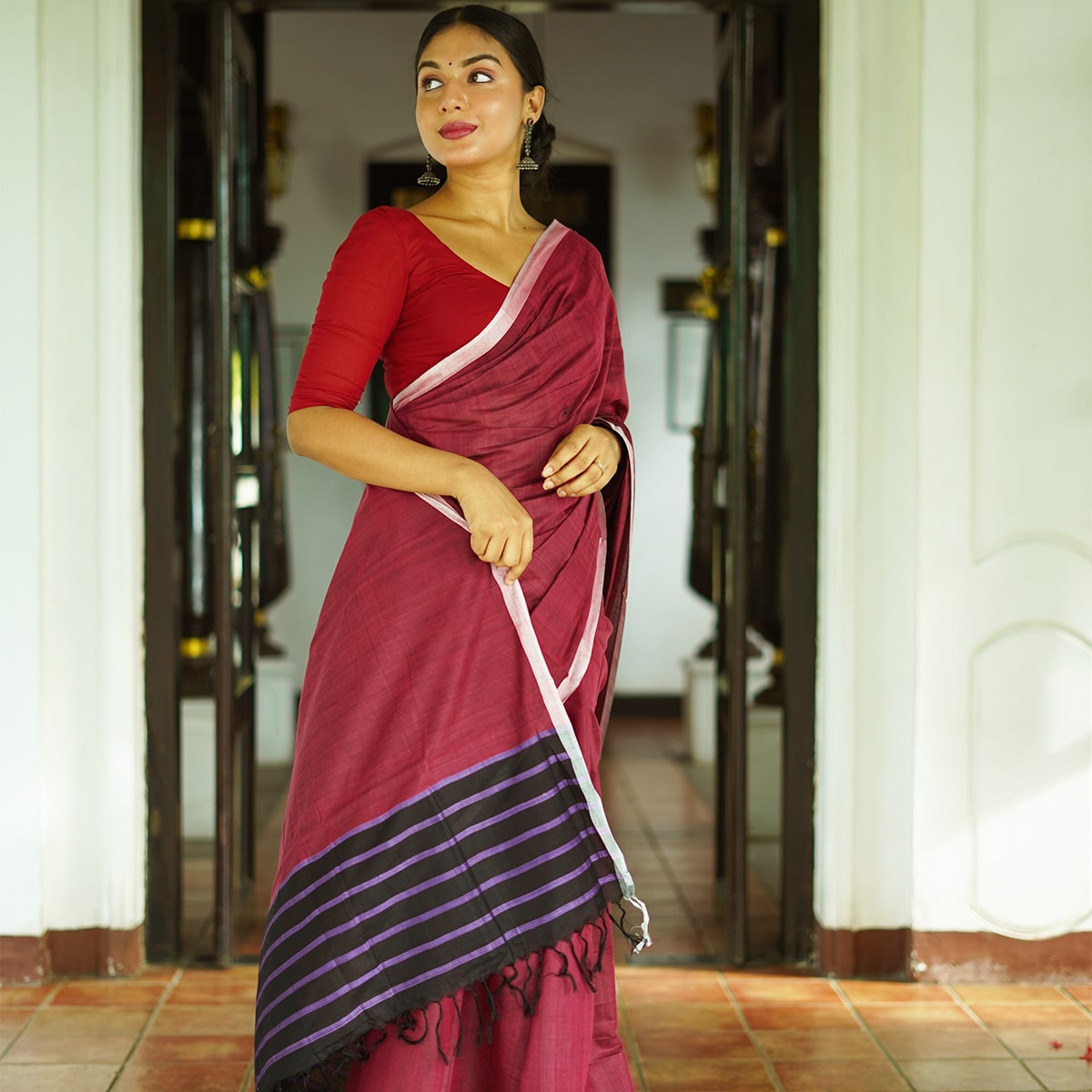
Hema Saree
$60.00
That bright colour enhances your character Beauty of the lot! Be bold and make a statement in a group!!
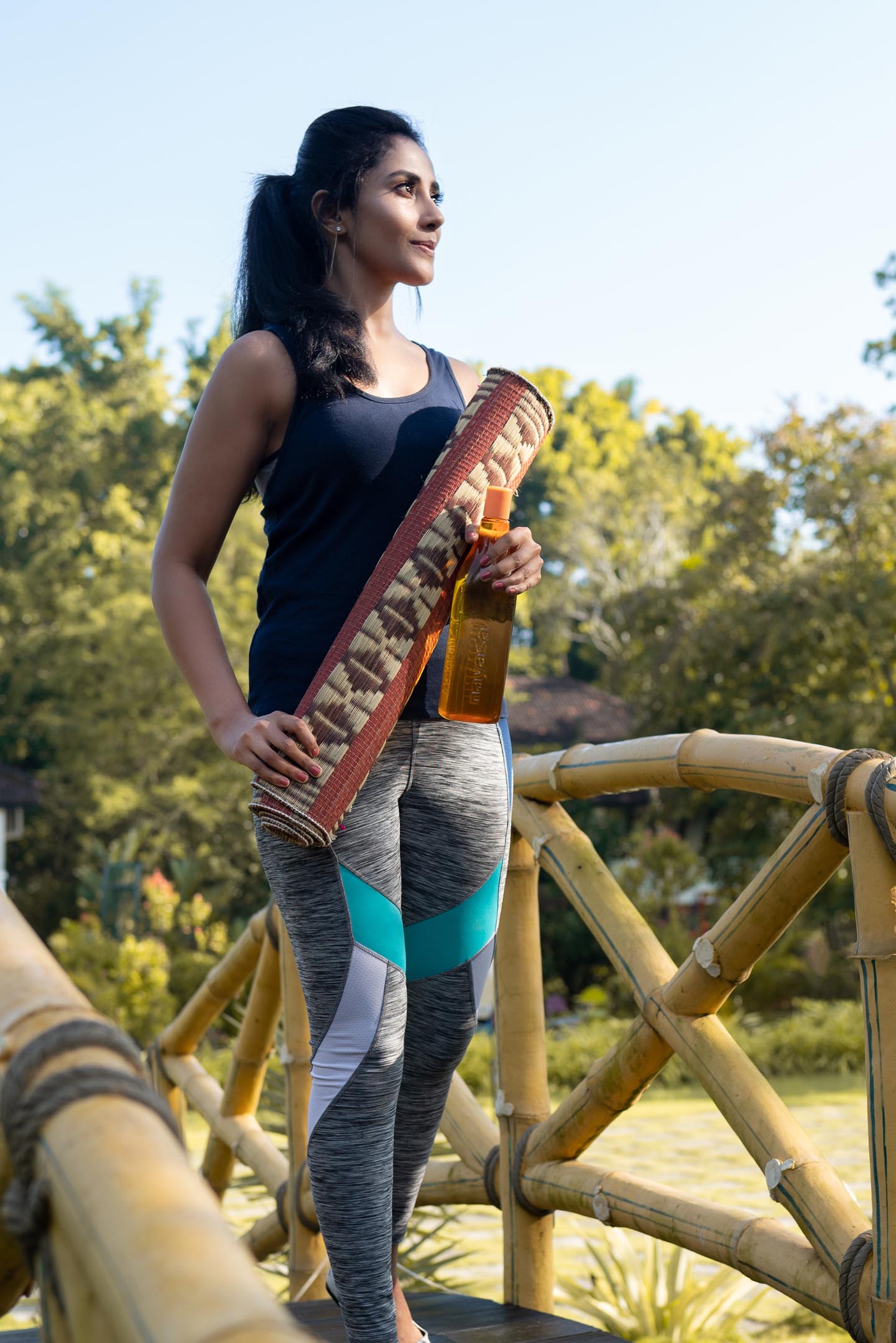
Jaivam Yoga Mat
$60.00
We always look for ways to be environment friendly and use natural materials as much as possible. With this spirit, we experimented with vegetable dyes. And here we are, with a mat dyed using natural colours extracted from the vegetable. Though it takes an additional three days of processing, we feel it is worth the effort. We are confident, very soon, you will feel the same way. Story of Cora Grass and Mat weaving: Cora Grass is found along river banks and in marshy lands. It can grow up to a height of two meters. Family members of mat weavers collect these cora grass and bring it for processing. They cut each grass stem into four strands and remove the soft material at the centre. Before further processing, the grass is dried under the sun, till it develops a beige colour naturally. The grass is then dyed using different colouring materials and processes to match artists imagination. Sometimes, the colouring process takes days, depending on the shade of colour desired. The handcrafted mats are woven using hand operated looms. A set of white yarns as the warp (length) and thin strands of cora grass as weft (width), are woven on a loom hand-operated by weavers. These looms do not use electricity. Human handling lends the mat a unique feel and more value. The resultant mat is softer, more durable and much more comfortable than machine-made mats. The cora grass strands are compacted by hand by the weavers, ensuring sturdiness to the mat. The art of hand weaving is labour intensive and takes a longer time. But, the beauty and quality it adds to the mat is priceless. Choosing handwoven mats supports the rich weaving heritage of Killimangalam and lets the weavers carry on the precious art-form to the future generations as well.
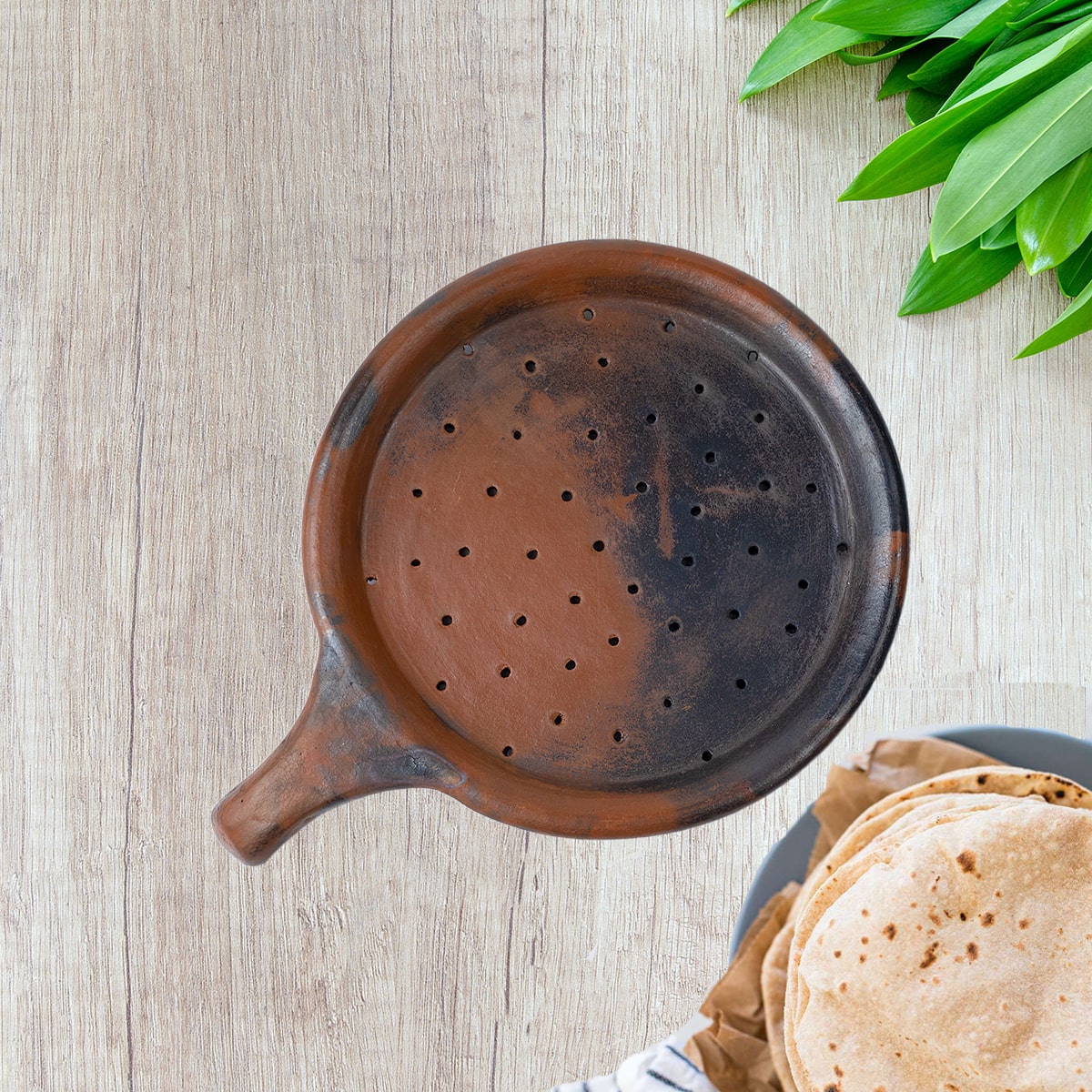
Jyothi Phulka Maker
$20.00
Make the fluffy Phulka using this unique Phulka maker made of terracotta You can use it for any dry cooking that requires high temperature and when you do not want to place item directly on flame
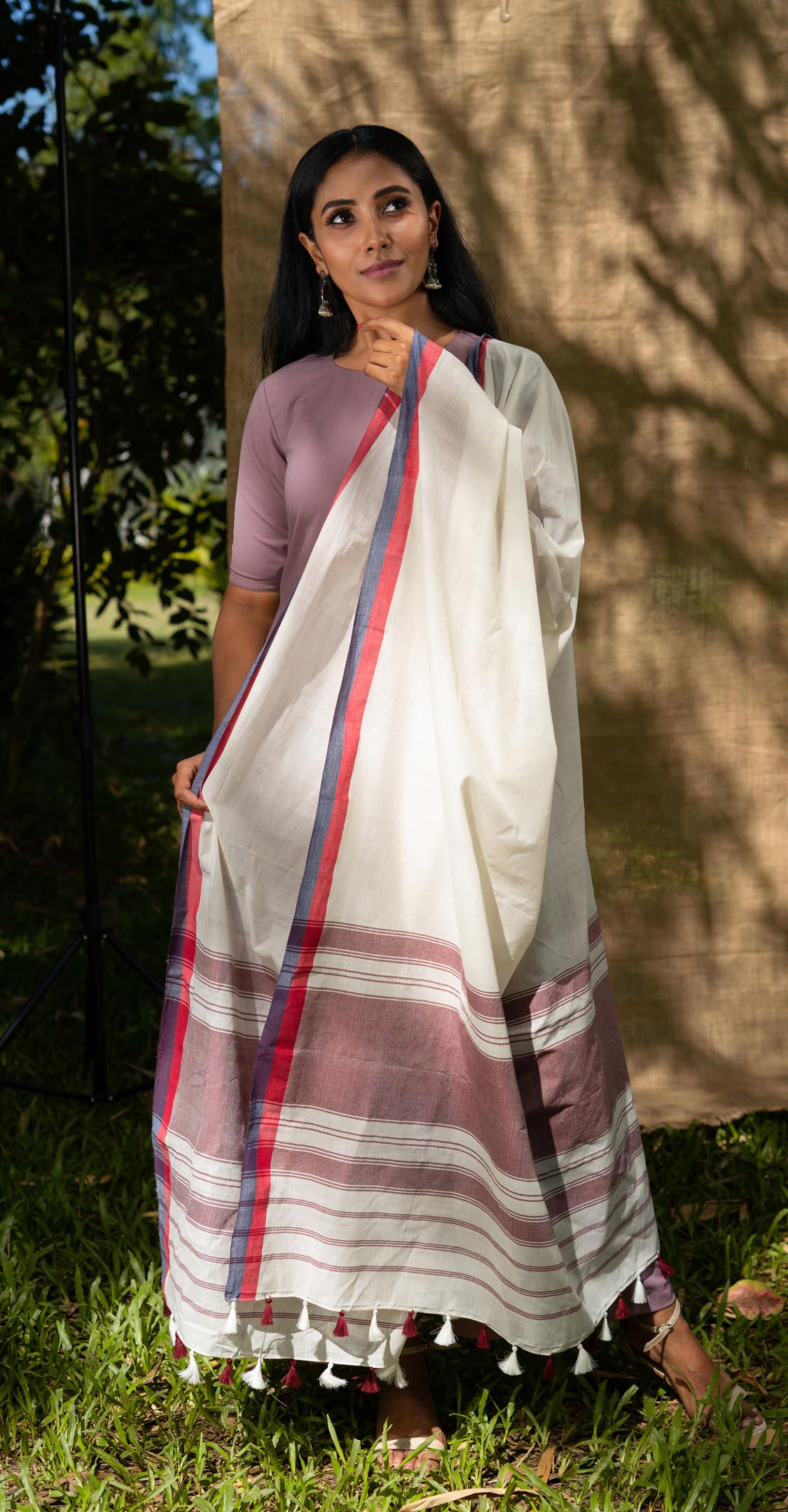
Kaalavarsham Dupatta
$25.00
$25.00
Monsoon in Kerala (“Kalavarsham”), is very special. Or rather, if one wants to experience different elements of monsoon, it can only happen in Kerala! The first rains of monsoon always bring these chocolaty-muddy water rushing through your yard, streams, streets,… everywhere. By the second and third rain, things get settled, the flowing water becomes clear, and the atmosphere rhythmic. That special feeling is captured with the chocolaty lines on off-white on this Dupatta by our weaver, Latha. Story of Weaving: The handloom fabric is a type of fabric that is woven using hand operated looms. Two sets of interlacing yarns, the warp (length) and weft (width), are woven on a loom hand-operated by weavers. These looms do not use electricity. Human handling lends the fabrics a unique feel and renders the fabrics more value. The resultant fabric is softer, more durable and much more comfortable than machine-made fabrics. Handloom cotton is more breathable and thus feels lighter in summers and provides more insulation in winters. The dyeing process also becomes easier for handloom cotton as the colour penetration is substantially more. Hues are absorbed better thus look resplendent on handloom cotton. The art of hand weaving is labour intensive and takes a longer time. But, the beauty it adds to the fabric is priceless. Choosing handloom cotton supports the rich weaving heritage of India and lets the weavers carry on the precious art-form to the future generations as well.
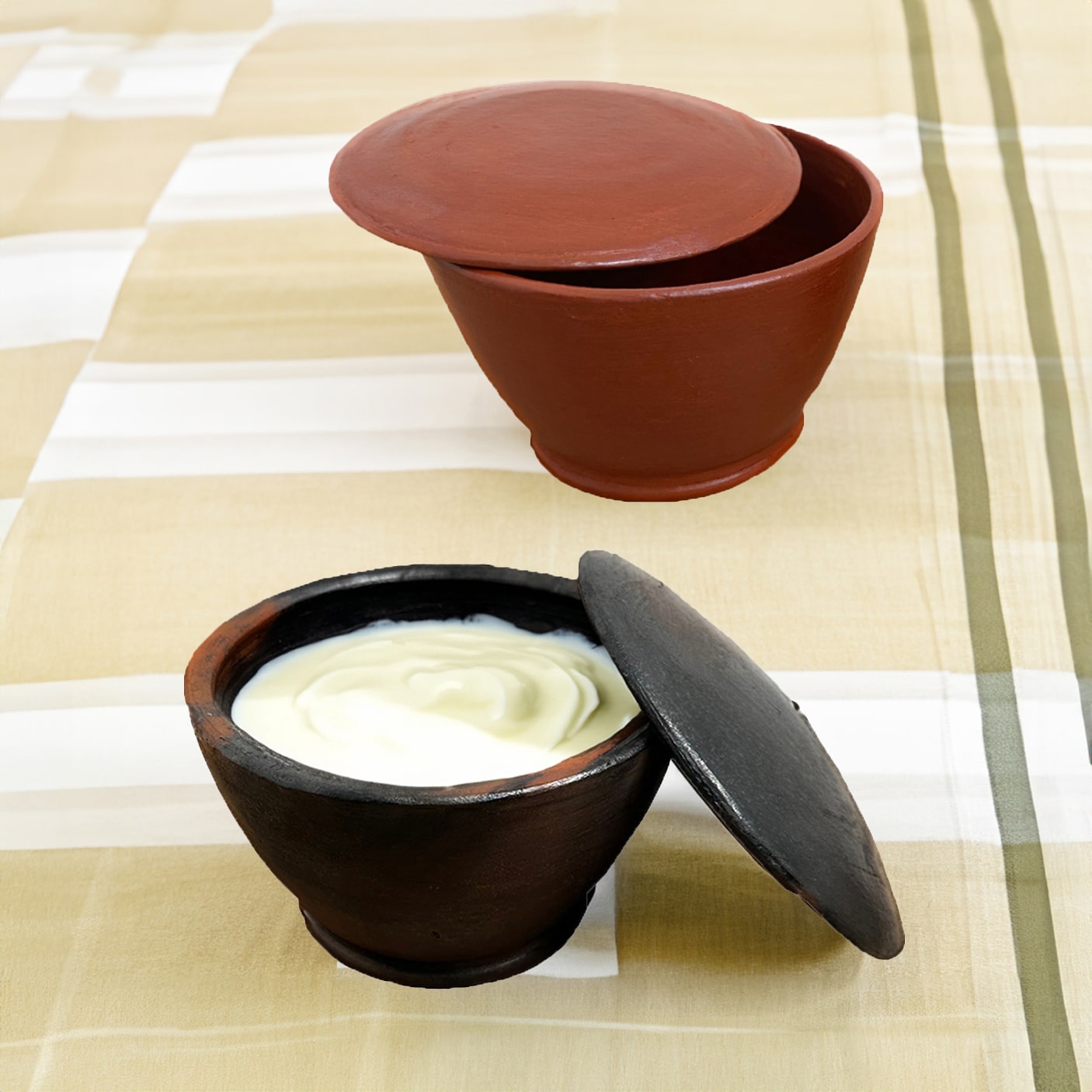
Kalam Curd Setter (0.6 to 1 Litre capacity)
$18.00
Our Mothers teach us family recipes. But we often fail to recreate that magic in our food. For sure, one reason is the way we cook, our affinity for short cuts. At Graamyam, we are making a small effort to help you to bring back your memories of food, as prepared by your mother. Here is a Kalam curd setter, to make home curd with a whole new accent, with the earthy flavour of the clay pot. Curd set in a steel container can never match the flavour and richness of curd set in a terracotta vessel. Clay being porous can absorb water; therefore, when you make yoghurt in clay pots, the clay absorbs the excess water, and the yoghurt is much thicker and creamier. No other containers can match this characteristic of terracotta. Terracotta curd setters are 100% food safe as per international standards. Clay helps keep the culture of the curd at the right temperature for it to grow successfully. These curd setters help in cutting down the sourness of curd as it is made of clay which is alkaline in nature. It can balance out the acidity of the yoghurt to a large extent. Choose from the different variations available For the black variation, the black tone of the product is achieved through processing in the kiln. It is a blackening process done on the natural terracotta coloured product.
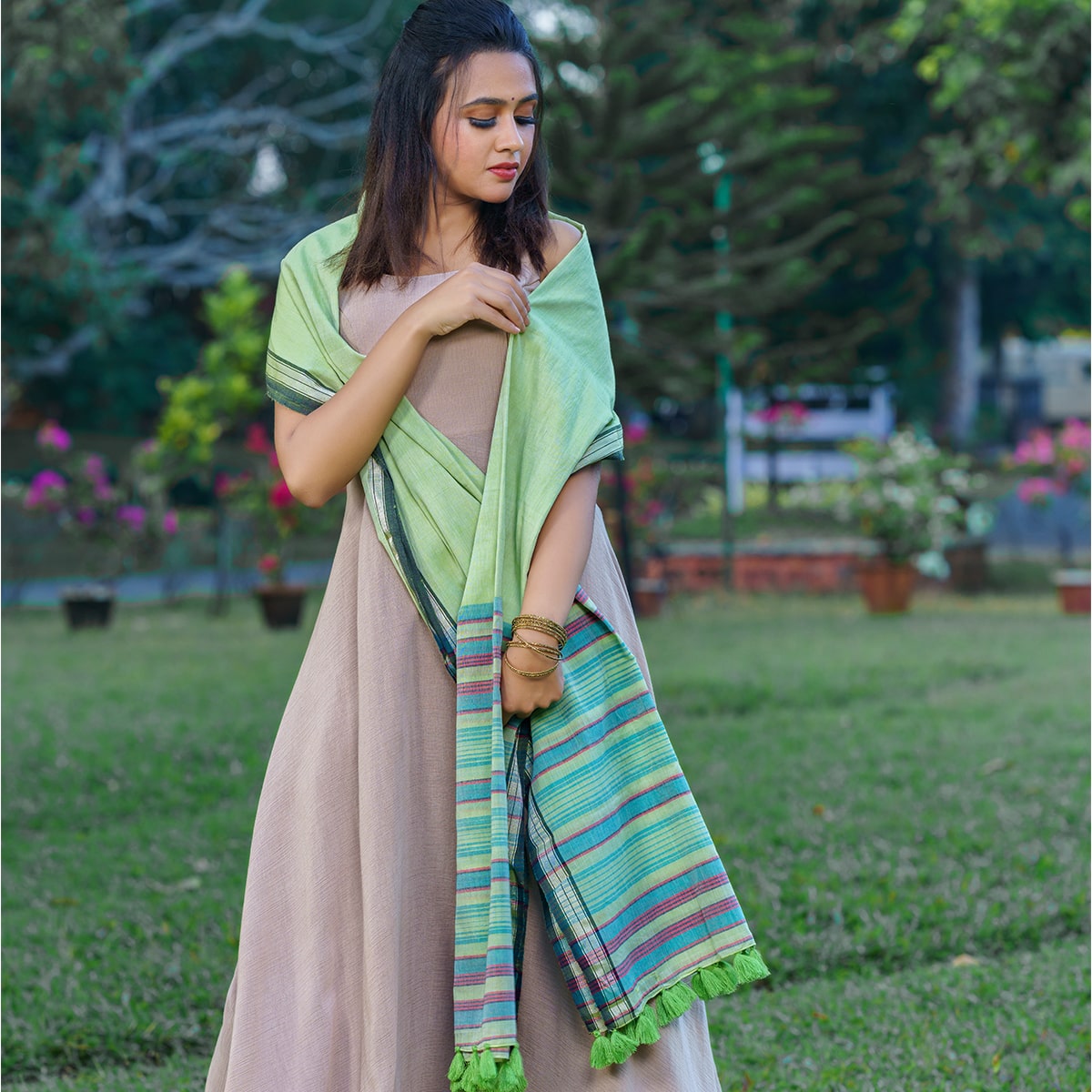
Kili Dupatta
$25.00
$25.00
Story of Weaving: The handloom fabric is a type of fabric that is woven using hand operated looms. Two sets of interlacing yarns, the warp (length) and weft (width), are woven on a loom hand-operated by weavers. These looms do not use electricity. Human handling lends the fabrics a unique feel and renders the fabrics more value. The resultant fabric is softer, more durable and much more comfortable than machine-made fabrics. Handloom cotton is more breathable and thus feels lighter in summers and provides more insulation in winters. The dyeing process also becomes easier for handloom cotton as the colour penetration is substantially more. Hues are absorbed better thus look resplendent on handloom cotton. The art of hand weaving is labour intensive and takes a longer time. But, the beauty it adds to the fabric is priceless. Choosing handloom cotton supports the rich weaving heritage of India and lets the weavers carry on the precious art-form to the future generations as well.
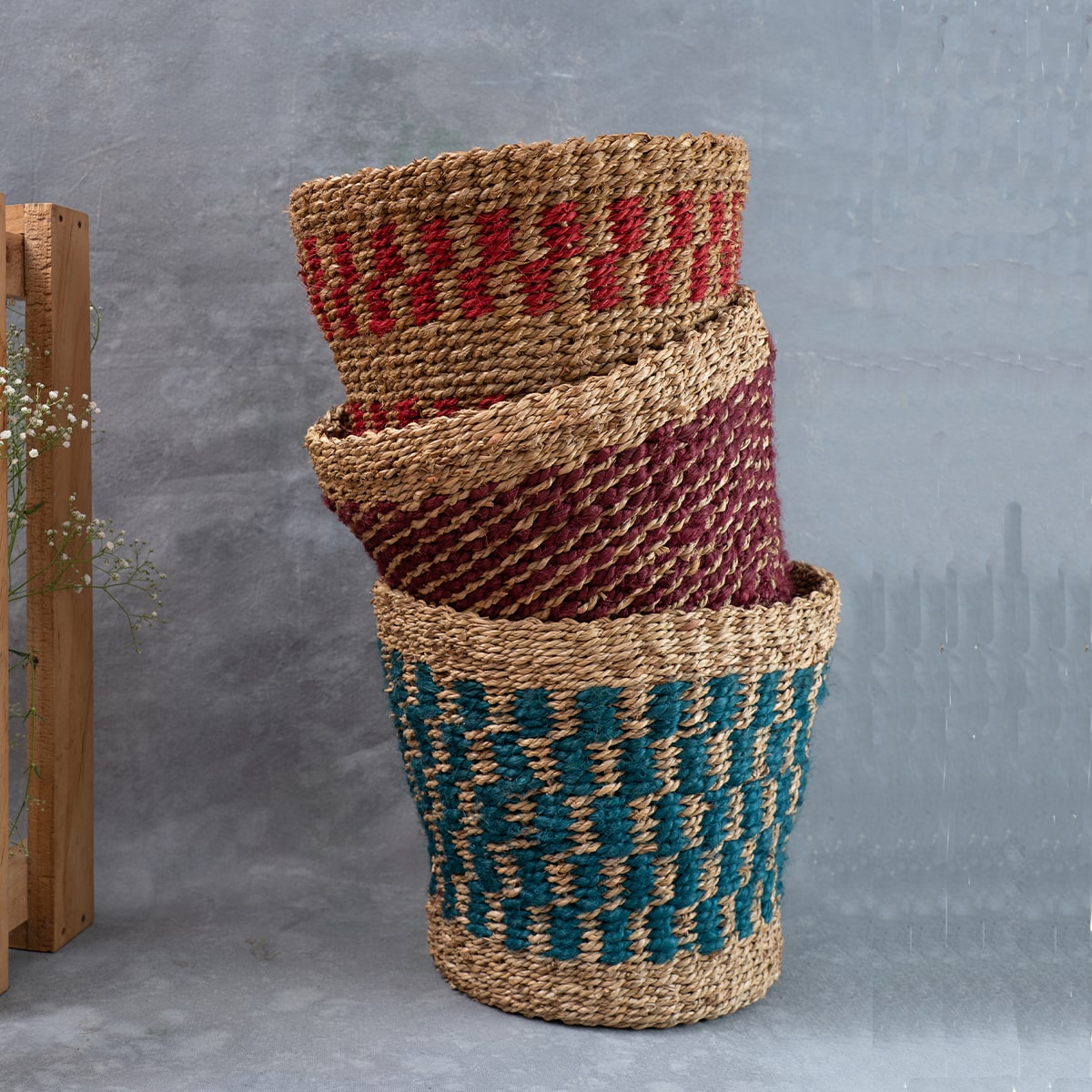
Kooda Planter/Bin basket
$850.00
Handcrafted with Coir and Cora grass strands, these are 100% natural fibre product. Product may have strands not behaving well and protruding out. These are characters of the handcrafted natural fibre products. Note 1: Washable in tap water at less than 40 c. Do not use strong cleaning agents Note 2: Colors may vary slightly based on the display settings used
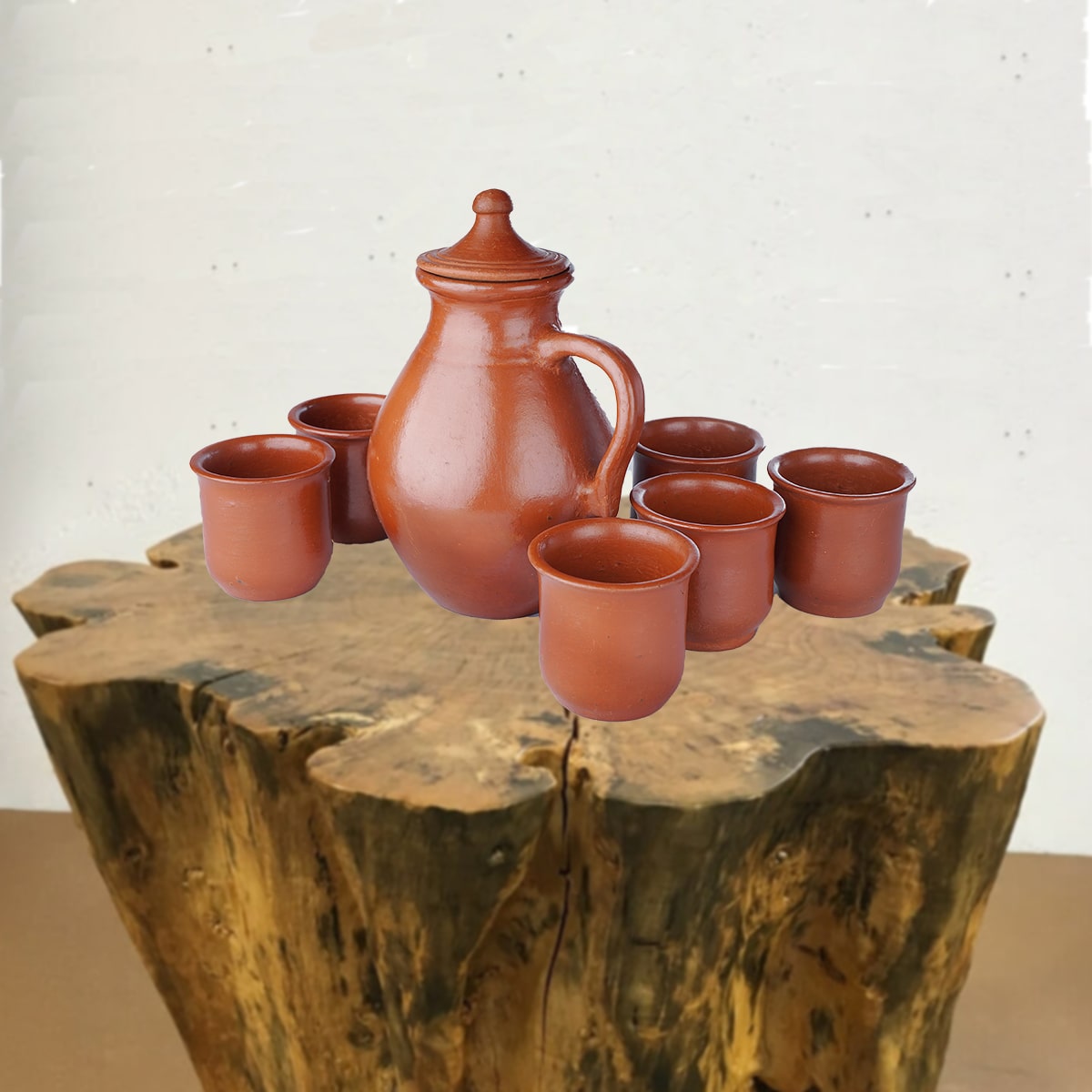
Kooja - Coppa - Set of Jug + Six Cups
$50.00
$50.00
In Kerala, during good old days, one of the first activity in the morning during summer is to fill a "kooja" (an earthen pot) with water. The kooja perspires and cools the water and it quenches the thirst of everyone in the household with cool water. In olden days, people used to drink water from Kooja using a small bowl called "coppa" or "pinjanam". Here is an attempt to recreate the way of serving some naturally cooled water. It is a "Kooja and coppa" set
Showing 25–36 of 85 results
Related products
View all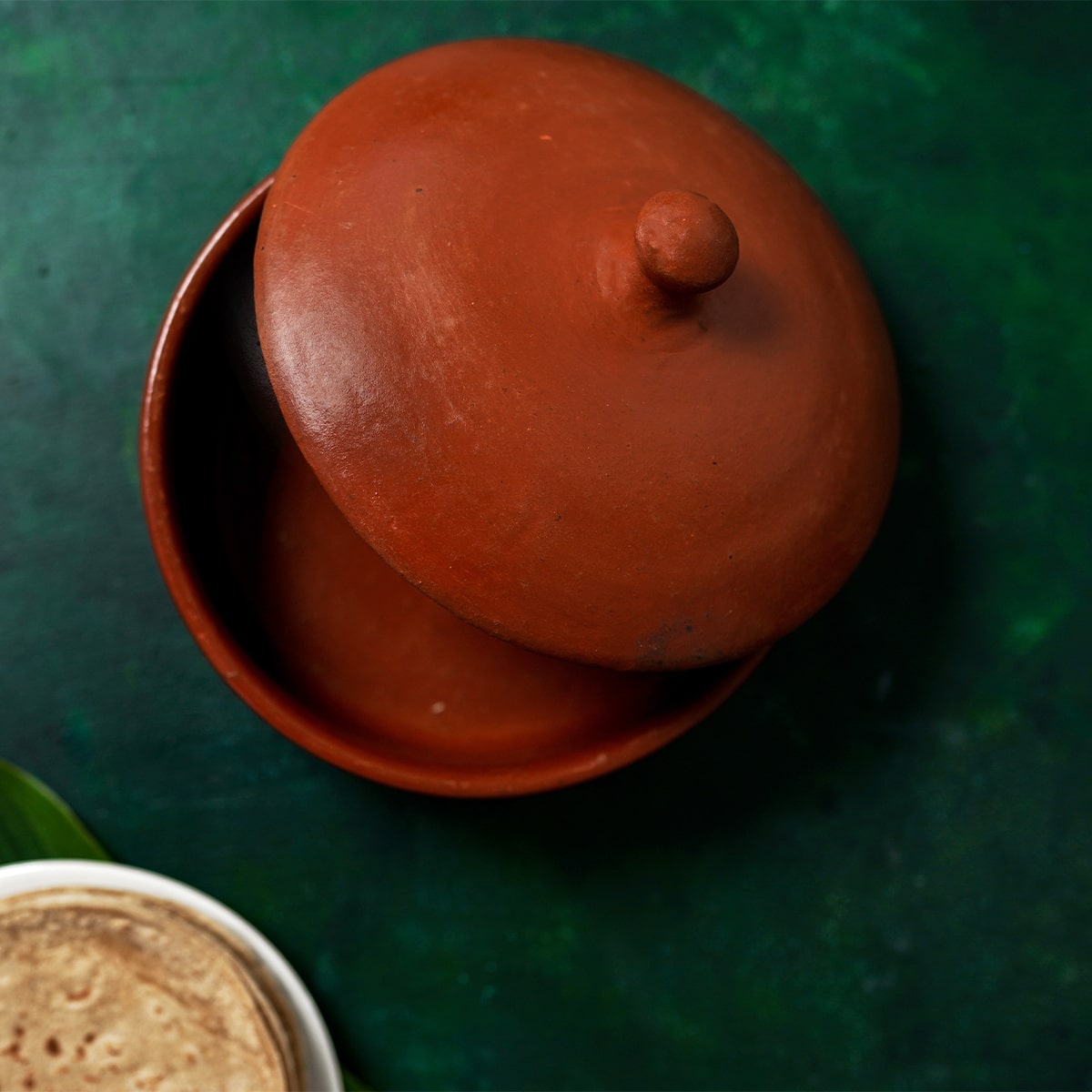
Paathram – Chapati Container
$950
$1050
Paathram is a food safe terracotta container, carefully crafted by the potters of Aruvacode, Nilambur, Kerala. The vessel has achieved its shine and glaze through hand polishing. There are no additional glaze material added to keep the vessel food safe. It retains the freshness of the food inside. Serve your hot chapatis or other dishes in this handcrafted terracotta piece!
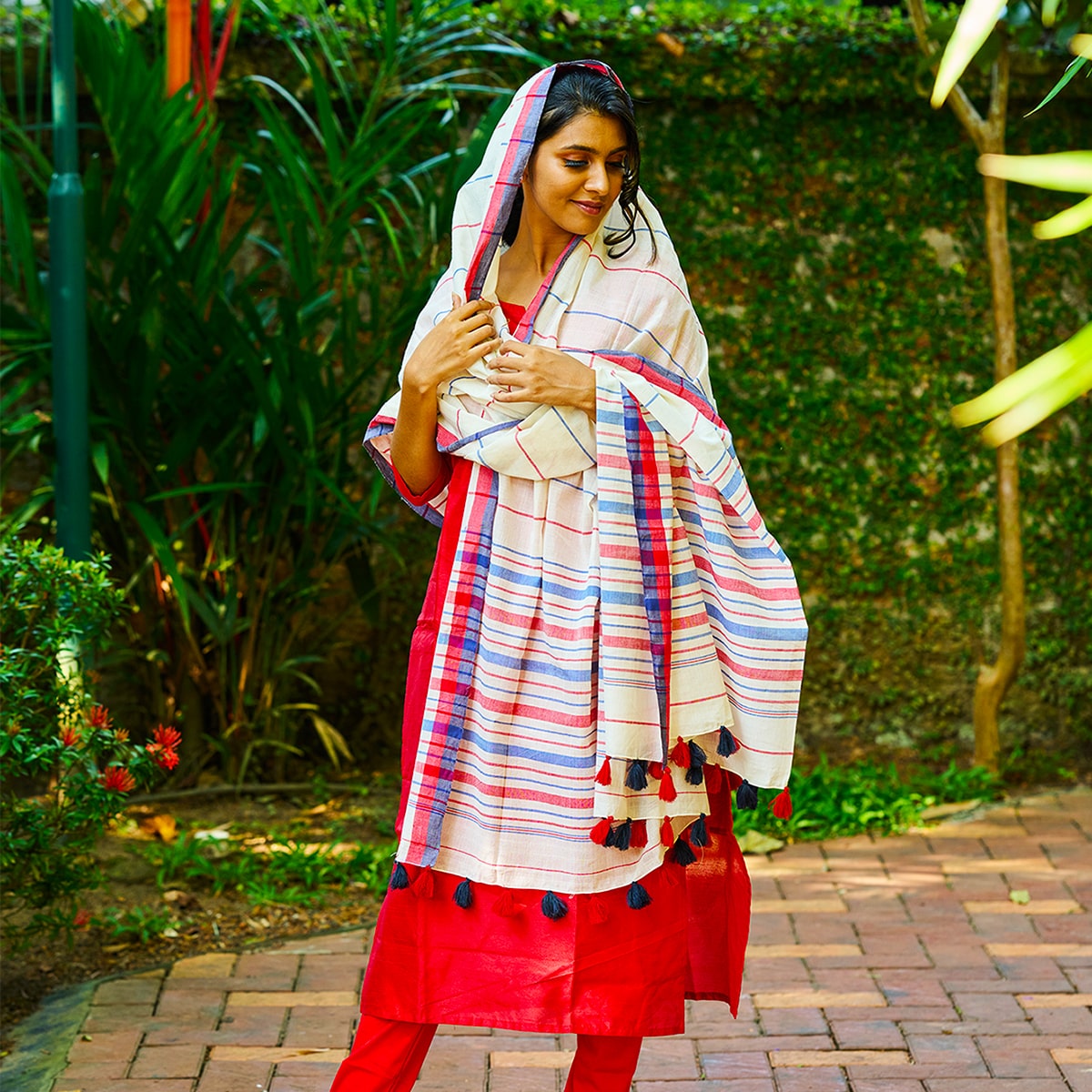
Vismayam Dupatta
$1350
$1500
The energy, passion and love of red meets the calmness, trust and intelligence of blue in this Dupatta. Wear it and make others amaze (Vismayam) at your personality Story of Weaving: The handloom fabric is a type of fabric that is woven using hand operated looms. Two sets of interlacing yarns, the warp (length) and weft (width), are woven on a loom hand-operated by weavers. These looms do not use electricity. Human handling lends the fabrics a unique feel and renders the fabrics more value. The resultant fabric is softer, more durable and much more comfortable than machine-made fabrics. Handloom cotton is more breathable and thus feels lighter in summers and provides more insulation in winters. The dyeing process also becomes easier for handloom cotton as the colour penetration is substantially more. Hues are absorbed better thus look resplendent on handloom cotton. The art of hand weaving is labour intensive and takes a longer time. But, the beauty it adds to the fabric is priceless. Choosing handloom cotton supports the rich weaving heritage of India and lets the weavers carry on the precious art-form to the future generations as well.
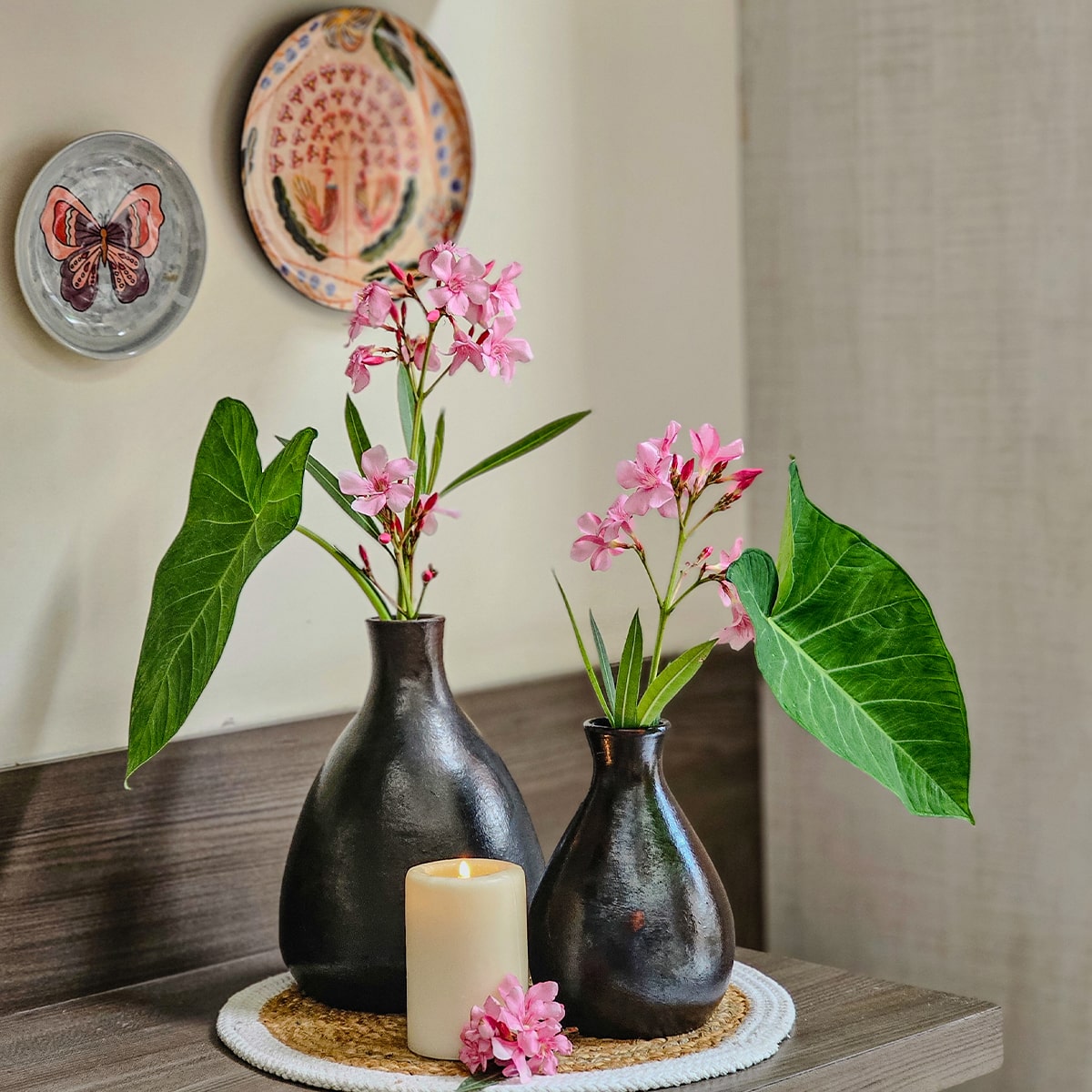
Anjanam Vase
In Kerala, the colour black has been a part of any basic makeup material a lady applies to her face, especially to eye lids. As in the popular classic Malayalam song of Kerala (Anjana kannezhuthi...), the black colour adds a special attractive appeal. The beauty of the black colour is what we have applied into this vase. The shiny black piece can adorn your tables and tea tables with any contrasting colours inside and around.
